САМУРАЙ ІІ ніж ручної роботи майстра Павла Гончаренка, купити замовити в Україні, сталь CPM10V в ламинаті з n690 64 HRC
- Виробник: Майстерня ножів ручної роботи Павла Гончаренка
- Модель: САМУРАЙ ІІ - ножі ручної роботи Павла Гончаренк
| Загальна довжина клинка mm: | 275±05 мм |
| Матеріал леза | Клинок сталь - Клинок зі сталі CPM10V (64hrc) в багатошаровому ламінаті з австрійської сталі n690 через нікель CPM-10V - американська порошкова сталь від компанії Crucible |
| Твердість клинка (метал): | Загартованість - 64 HRC |
| Матеріал руків'я: | Ріг буйвола, нейзельбер, g10, стабілізований зуб мамонта, стабілізований морений граб, мозаічний пін |
| Довжина леза | 140±05 мм |
- Наявність: Під замовлення
Доступні варіанти
Опис
ТЕХНІЧНІ ХАРАКТЕРИСТИКИ:
Назва ножа: САМУРАЙ ІІ ніж ручної роботи майстра Павла Гончаренка, купити замовити в Україні, сталь CPM10V в ламинаті з n690 64 HRC
Тип ножа: Фіксований клинок
Бренд: Студія "Ножі ручної роботи Павла Гончаренка"
Модель: САМУРАЙ ІІ ніж ручної роботи майстра Павла Гончаренка, купити замовити в Україні, сталь CPM10V в ламинаті з n690 64 HRC
Номер моделі: 142
Країна народження: Україна
Майстер: Павло Гончаренко, м. Іванків, Україна ("Ножі ручної роботи Павла Гончаренка")
Найкраще використання: Багатофункціональний - полювання, рибальство, туризм, домашнє господарство, поділ тушки, нарізка тощо
Стан ножа: Новий
Ціна вказана разом з піхвами.
Заточений ніж - не є холодною зброєю.
Наші ножі дуже гострі, тому відкривайте та використовуйте їх дуже обережно. Ми не несемо відповідальності за будь-які травми, пов’язані з використанням наших ножів.
Наша продукція призначена для легального використання лише відповідальними покупцями. Ми не будемо продавати наші продукти особам молодше 18 років.
Наявність регулярно змінюється, при підтвердженні Вашого замовлення ми повідомимо про наявність або термін готовності товару. Виріб може трохи відрізнятися від представленого на фото.
Склад стали CPM-10V
-
С (Вуглець) - надає сталі твердість, чим вище вміст вуглецю, тим твердіше може бути загартований клинок.
-
Mn (Марганець) – елемент, який відповідає за міцність сталі. Застосовується на стадії виплавки, зокрема із сталей із високим вмістом марганцю роблять сейфи!
-
Cr (Хром) – легуючий елемент. Відповідає у сталі за стійкість до корозій, міститься у великій кількості у всіх нержавійках.
-
Mo (Молібден) - елемент, який дозволяє гартувати клинок до високих показників HRC, запобігає ламкості клинка, роблячи сталь стійкою до високих температур.
-
V (Ванадій) - легуючий елемент, що надає сталі пружність та стійкість до хімічних агресивних середовищ.
-
Ni (Нікель) - легуючий елемент, підвищує стійкість із закисленням та іржею.
-
Si (Кремній) – елемент, який робить сталь більш міцною та стійкою до механічних навантажень.
-
P (Фосфор) - елемент відноситься до технологічних домішок, що залишаються у складі будь-якої сталі. Високий вміст цього елемента може спровокувати крихкість клинка. Межа для вмісту фосфору - 0,025 - 0,045%
-
S (Сірка) - сірка так само відноситься до шкідливих технологічних домішок, високий вміст якої може суттєво знизити всі позитивні властивості клинка, такі як твердість, міцність та ударна в'язкість. Як правило вміст шкідливих елементів у якісних сталях мізерний. Межа для вмісту сірки – 0,035 – 0,065%
Чорний граб
Чорний граб штучного моріння - один із найпопулярніших матеріалів під рукояті для ножів.
Морений граб чорного кольору імітує текстуру ебенового дерева, що є рідкісною і цінною породою деревини.
До особливостей чорного граба можна віднести:
- Висока твердість матеріалу;
- В'язкість;
- Стійкість до ударних навантажень.
Допуски у розмірах +/- 1-2мм.
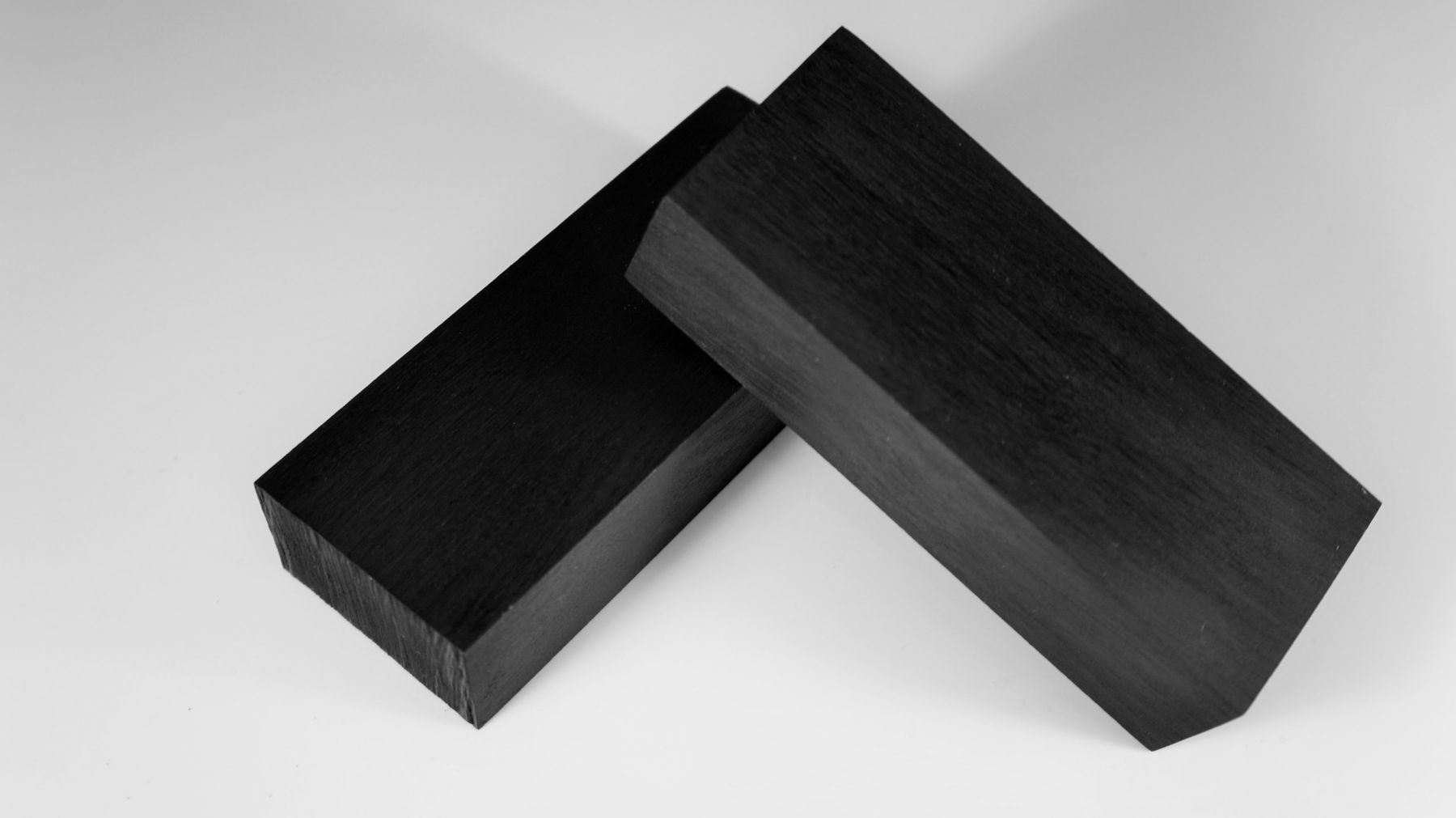
Кап клена
Кап - це наріст на стовбурі дерева, він має значно щільнішу структуру з абсолютно неповторним малюнком зрізу.
Кап відрізняється високою міцністю, деревина капа погано горить, добре обробляється і полірується.
Розміри заготовок приблизно 135-45-30 мм.
Бруски стабілізованої деревини чудово підходять для створення стандартних рукояток ножів із наскрізним та всадним монтажем.
Також стабілізований кап клена відмінно підходить для різьблення, створення мініатюр, прикрас, а також різних кулонів, амулетів, іграшок та виробів.
Зі стабілізованим капом клена зручно працювати як досвідченим майстрам, так і початківцям.
Стабілізована деревина будь-якого кольору це прямі, рівні бруски справжнього дерева - капа клена, просоченого спеціальним складом.
Засіб для стабілізації дерева заповнює повністю всі дрібні пори, завдяки чому з дерева виходить все повітря та волога, перетворюючи його на полімеризований брусок стабілізованої карельської берези, тільки з удосконаленими властивостями.
Стабілізоване дерево в рази важче і набагато щільніше. Воно не піддається впливу вологи, не змінює свій колір під сонячним промінням, залишаючись набагато міцнішим і надійнішим матеріалом.
Все це робить стабілізацію ідеальним матеріалом для створення предметів, що піддаються всім фізичним та кліматичним навантаженням – рукоятей ножів, різців та різних інструментів.
Стабілізований кап клена чудово шліфується, даючи гладку, як скло чи камінь, поверхню. Без покриття в сухому вигляді стабілізовані бруски мають бляклий вигляд, проте під фінішними складами розкривається їхня яскрава глибока текстура.
За неповторну красу кап називають дерев'яним малахітом!
Загалом — чим дрібніший малюнок і більший розмір капа, тим він дорожчий.
Про цінність цього унікального матеріалу говорить історичний факт, наведений у книзі «Капова скринька» (автор Надія Пермінова): «… у 1837 році за наріст капа в двадцять фунтів (трохи більше 8 кг) платили до п'ятдесяти рублів… такою самою сумою оцінювався породистий бик на сільськогосподарській виставці.
Сьогодні на світовому ринку ціна на капову деревину (масив та шпон) у рази перевищує ціну на будь-яку, іншу, включаючи: дуб, в'яз, горіх, червоне дерево та будь-які екзотичні породи.
Унікальне поєднання властивостей матеріалу, обмеженість запасів і неповторність капового малюнка в кожному виробі, зрештою, і визначило загальновизнану, високу естетичну цінність та відповідну споживчу ціну виробів з цієї деревини, яка застосовується в обробці найрозкішніших інтерєрів.
Інтернет-магазин Knife.net.ua пропонує ножі ручної роботи, ексклюзивні ножі на замовлення для вибагливих чоловіків та мисливців, вироблені руками найкращих майстрів України для використання на полюванні, в нестандартних ситуаціях за вигідною ціною на замовлення або на вибір в нашому магазині. Якісний інструмент для індивідуального використання в польових умовах або на полюванні. Доставка здійснюється по всій Україні протягом кількох днів. Knife.net.ua – найкращий вибір ножів в Україні від майстрів ручної роботи..
КАРБОН - РУКОЯТКИ НОЖІВ З ЦЬОГО ПРЕМІАЛЬНОГО МАТЕРІАЛУ
Одним з найпрестижніших і дорогих матеріалів для рукояток ножів крім титану і дорогих порід деревини є різновид вуглепластика, так званий «карбон». Матеріал цінується за виняткову легкість, міцність та естетичну красу.
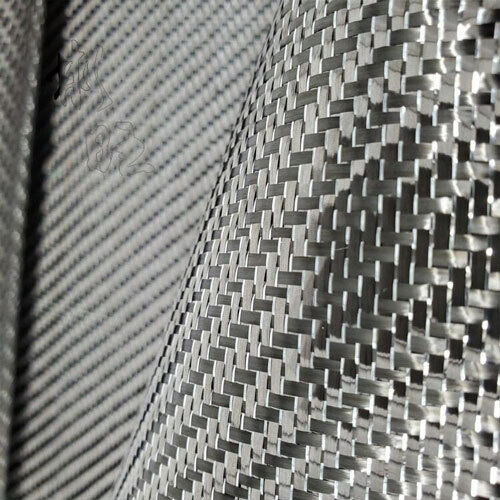
Карбон (від англ. carbon - вуглець) - це полімерний матеріал з композитним складом, виготовлений з переплетених ниток вуглецевого волокна (сarbon fibers). Ці нитки виготовляються з використанням епоксидних смол. Середня щільність матеріалу від 1450 кг/м³ до 2000 кг/м³. Головною відмінністю карбону від інших полімерів, що застосовуються при виготовленні ножів, є дуже невелика вага. Саме вага разом із винятковою міцністю дає карбону перевагу перед іншими матеріалами рукояток: полімером G10, мікартою, пластиком FRN і т.д. При цьому за питомими характеристиками міцності карбон перевершує конструкційні сталі. Основними якостями карбону є висока міцність на розрив, стійкість до високих температур, агресивних середовищ, незначне розширення при нагріванні, висока електропровідність. Також важливою рисою карбону є його природний, отримуваний при виробництві чорний колір, який надає йому благородного та елітарного вигляду.
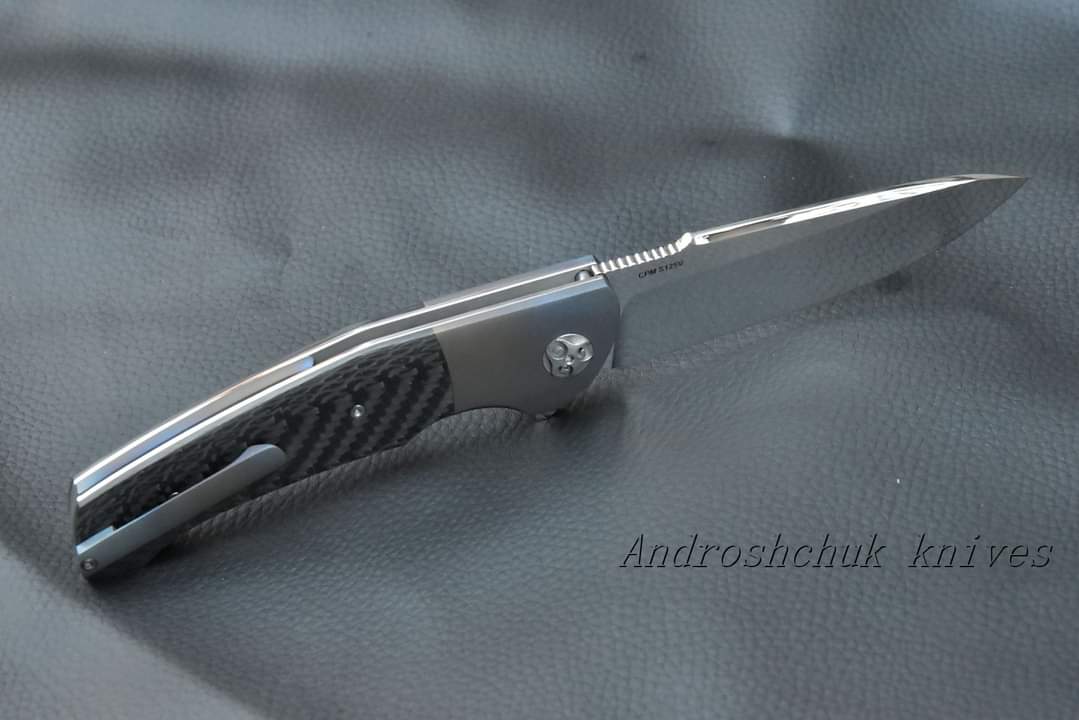
Основу матеріалу складають нитки вуглецевого волокна, середньою товщиною 0,005-0,010 мм у діаметрі. Вуглецеві волокна виготовляються внаслідок складного процесу термообробки. Основне волокно (поліакрил, віскоза) спочатку піддається окисленню повітря при температурі 250 °C протягом 24 годин. У результаті окислення утворюються сходові структури (полімери, макромолекули яких попарно пошиті регулярними хімічними зв'язками). Потім відбувається карбонізація (процес збагачення ниток вуглецем), який проходить при нагріванні волокна серед азоту або аргону при температурах від 800 до 1500 °C. Внаслідок карбонізації відбувається утворення графітоподібних структур (алотропних модифікацій вуглецю). Процес термічної обробки закінчується графітизацією (утворенням графіту в матеріалах, в яких вуглець міститься в розчиненому стані або у вигляді карбідів), вона проходить при температурі 1600-3000 ° C в інертному середовищі. Через війну графітизації кількість вуглецю у волокні доводиться до 99 %. Крім звичайних органічних волокон, для отримання ниток вуглецю можуть бути використані спеціальні волокна із фенольних смол, лігніну, кам'яновугільних та нафтових пеків.

Вуглецеві тканини у свою чергу отримують шляхом плетіння ниток або стрічок. При виробництві цих ниток за основу взято вуглецевий ровінг - джгут із тонких безперервних ниток вуглецевого волокна завтовшки від 3 мікрон, утворених атомами вуглецю. Після переплетення вони складають каркас вуглепластику. Кількість вуглецевого волокна нитки оцінюється числом «К» — кількістю тисяч елементарних вуглецевих волокон. Найтонше і найдорожче вуглецеве волокно - 1К, найбільш поширене вуглецеве волокно 3К, існують також нитки з вуглецевого волокна з К = 6, 12, 24, 48. Тканина, виготовлена з ниток, може мати різноманітний малюнок плетіння (ялинка, рогожа, плетіння та ін). Для надання ще більшої міцності тканини нитки вуглецю кладуть шарами, щоразу змінюючи кут напряму плетіння. Шари скріплюються за допомогою епоксидних смол. Така структура карбону дає можливість армувати волокно додатковими елементами, що зміцнюють його структуру і надають різні кольори і фактуру поверхні. Цими матеріалами можуть бути різні нитки, блискітки, полімерні матеріали різних кольорів.

Основними методами виготовлення карбонових пластин є:
- Пресування, при якому тканина вистилається у форму, попередньо змащену так званим антиадгезивом, призначеним для зменшення зчеплення поверхонь один з одним. Їм може бути мило, віск тощо. Потім тканина просочується смолою, а її надлишки видаляються у вакуумі (вакуум-формування) або під тиском. Після полімеризації смоли виріб набуває закінченого вигляду.
- Вакуумна інфузія дозволяє створювати ламінатний пакет накладенням шарів тканини один на одного і під шари подається вакуумне розрядження. Потім через клапан подається сполучна речовина і під дією вакууму воно заповнює порожнечі і просочує вуглецеву тканину.
- Вакуумне формування, є склеювання шарів при високих температурах і потім вплив вакуумом для формування обсягу виробу. Цей спосіб є одним із найдешевших.
- Метод намотування, який полягає у намотуванні просоченого ровінгу на попередньо підготовлену форму. Після намотування потрібного числа шарів форма з намотаною тканиною поміщається в нагрівальну піч і полімеризується.
- Метод SMC/BMC полягає в приміщенні тканини в прес-форму, нагріту до робочої температури. Прес-форма замикається, у результаті під тиском матеріал розтікається в порожнини форми і твердне. Наприкінці циклу виріб витягується з прес-форми, і виробляється його остаточна механічна обробка та фарбування.
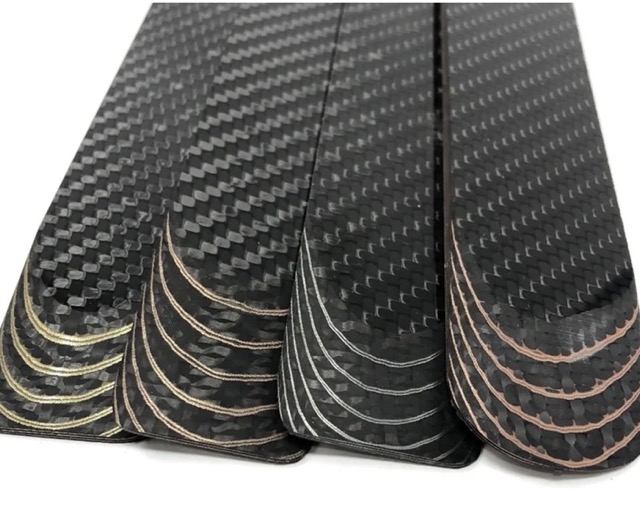
Карбонове волокно застосовується у різних сферах. Зокрема, в авіа та ракетобудуванні, при виробництві деталей корпусу автомобілів та мотоциклів, побутової техніки та високотехнологічних дослідницьких приладів. І вже близько 20 років карбон широко застосовується у виготовленні рукояток ножів середнього та преміального сегмента. При цьому на доладних ножах карбон може бути як у вигляді накладок на сталеві лайнери, так і у вигляді єдиного матеріалу рукояті, закріпленого гвинтами через бонки.
Карбон, що йде на виготовлення ножів, крім своїх основних характеристик міцності, повинен мати ще й досить привабливий зовнішній вигляд. Саме цей фактор збільшує його вартість, ускладнюючи технологію виробництва та вимагаючи найякісніших вихідних матеріалів. Для проклеювання шарів використовуються найдорожчі та якісні смоли, та дорожче обладнання, зокрема хімічні реактори (автоклави). Крім того, для підвищення зчеплення з рукою карбон піддають піскоструминній обробці, що також збільшує витрати на виробництво. Необхідно також пам'ятати, що робота з карбоном вимагає обов'язкового захисту органів дихання та спеціальних приміщень із гарною вентиляцією, і це також веде до зростання ціни.
Колірна палітра та текстура карбону, що використовується на ножах, може бути різноманітною. Серед різновидів карбону застосовуються:
Мозаїчний карбон, який може бути як однотонним, і різнобарвним. Такий карбон застосовується для радіусних проставок на ножах із складними багатосекційними ручками. У цьому карбоні можуть застосовуватися кілька технологій фарбування.

Мармуровий карбон - являє собою хаотичне сплетення карбонових ниток, кожна з яких по-різному відображає світло, що дає йому можливість блищати під різними кутами огляду.
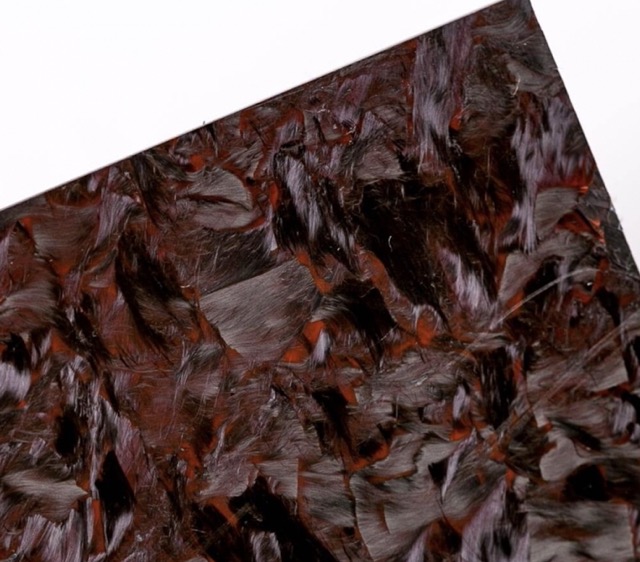
Карбон Lightning Strike («удар блискавки») з мідною ниткою у вигляді сітки, вплетеної у вуглеткань по всьому її об'єму. Зовнішньо аналогічний застосовуваному у фюзеляжах американських літаків для захисту від ударів блискавок. Це тонкий карбон, завтовшки 3,2 мм саржевого плетіння. Має глибокий і яскравий малюнок.
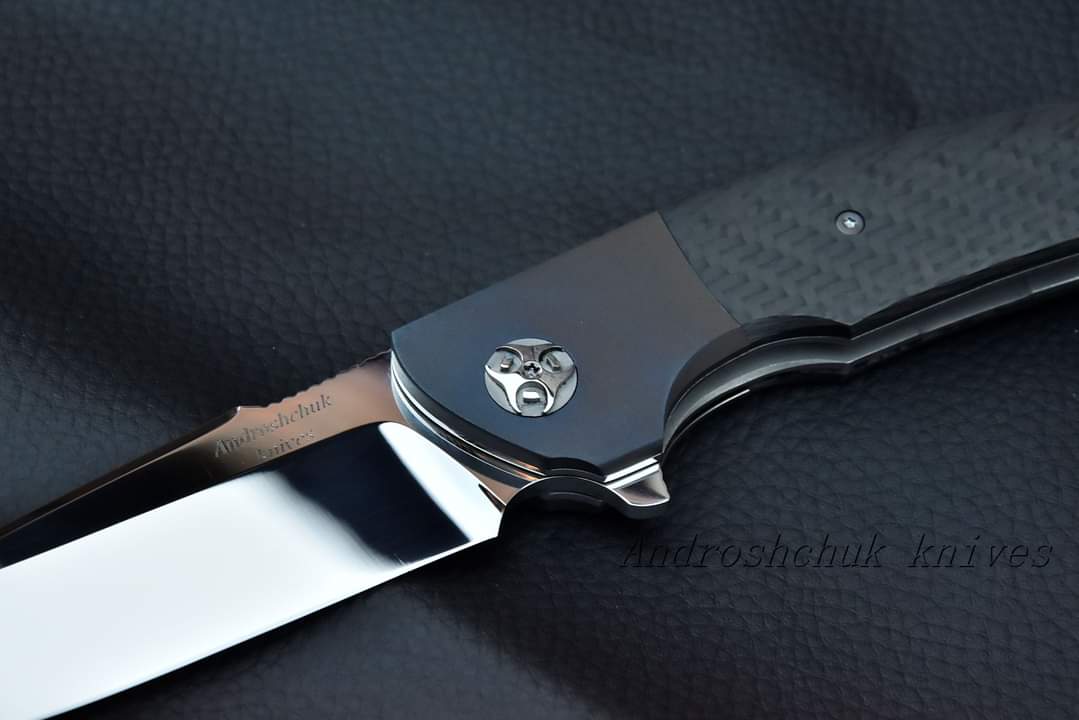
Як і будь-який дорогий і при цьому складний у виготовленні матеріал, карбон має ряд недоліків. При виробництві вуглепластиків необхідно дуже суворо витримувати технологічні параметри, при порушенні яких властивості міцності виробів різко знижуються. Для контролю якості виробів можуть застосовуватись ультразвукова дефектоскопія, рентгенівська та оптична голографія, а також акустичний контроль. Без них виробник працює «на дотик» і може не помітити прихованих дефектів. Іншим серйозним недоліком вуглепластиків є їхня низька стійкість по відношенню до ударних навантажень. Також необхідно пам'ятати, що згодом карбон вицвітає і може суттєво втрачати свою головну перевагу – привабливий зовнішній вигляд. Однак, незважаючи на ці недоліки, карбон по праву є преміальним матеріалом для кращих ножів.
Рекомендовані товари









Доставка і оплата
Доставка і оплата
Доставка Новою Поштою
Швидкість доставки в будь-яке відділення Нової пошти в Україні фіксується оператором, але зазвичай не перевищує 1-3 календарних днів.
Готівкою
Оплата готівкою при отриманні товару.
Післяплатою на Новій Пошті (при собі необхідно мати паспорт або водійське посвідчення).
Visa и MasterCard
Оплата замовлення на карту Приват Банку.
Доставка товару можлива тільки після підтвердження платежу.
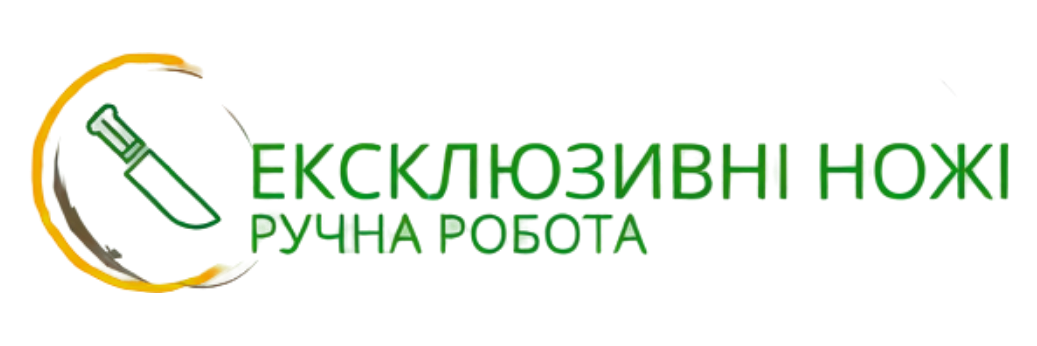


















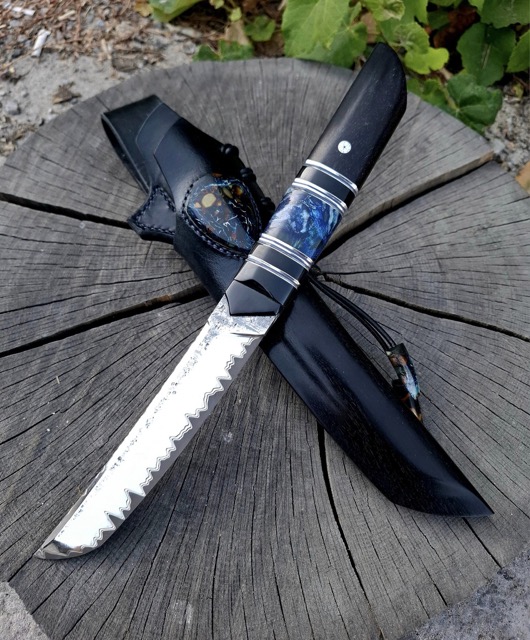

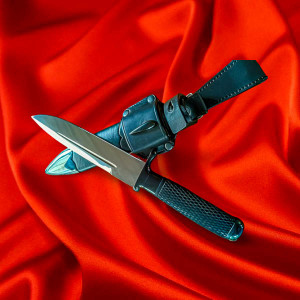
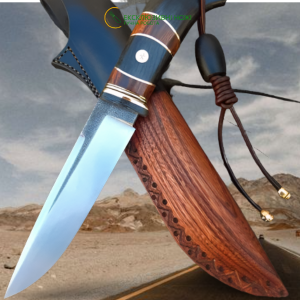
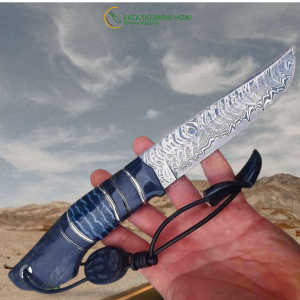
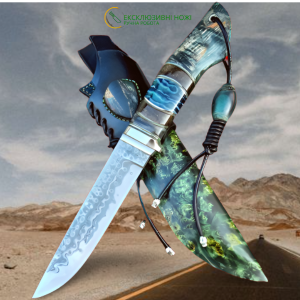

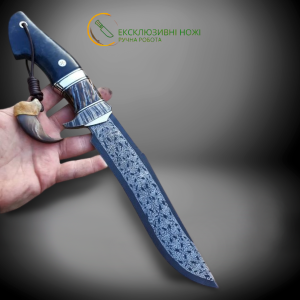

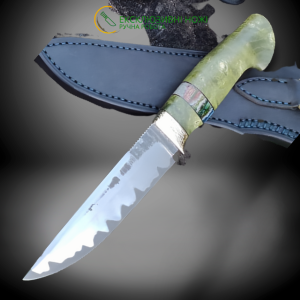
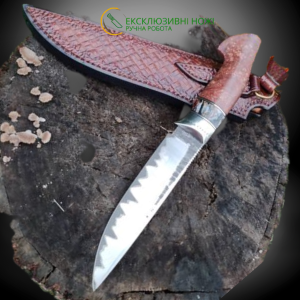
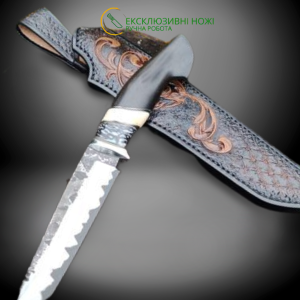
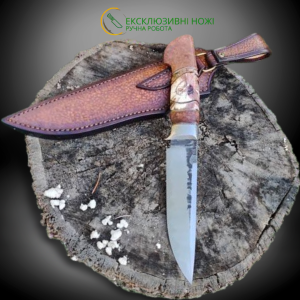
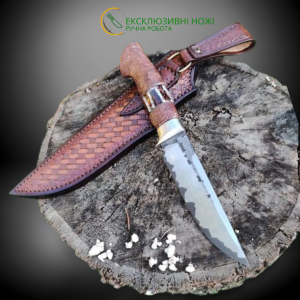
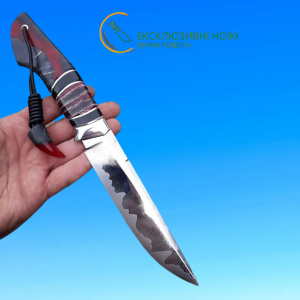
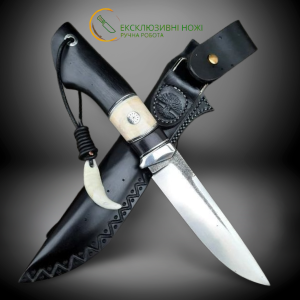
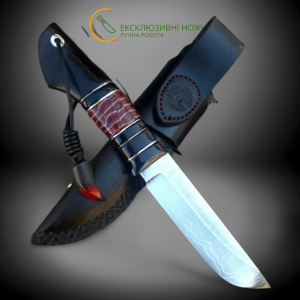
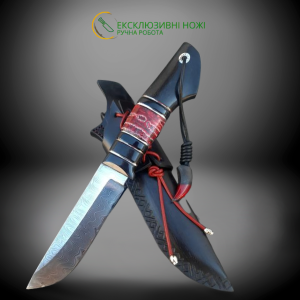
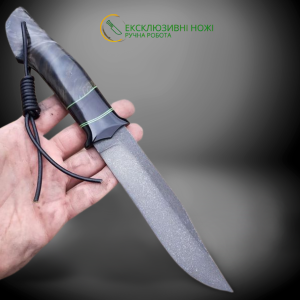
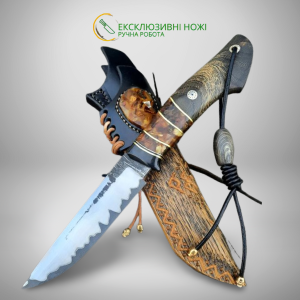

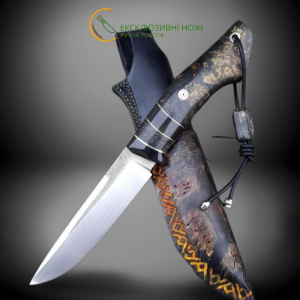
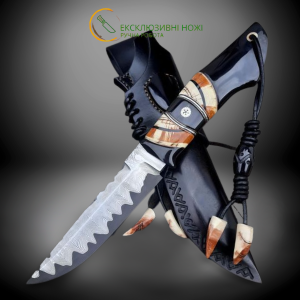
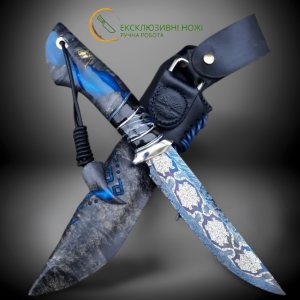

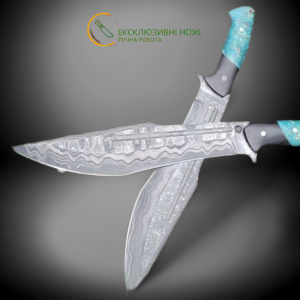

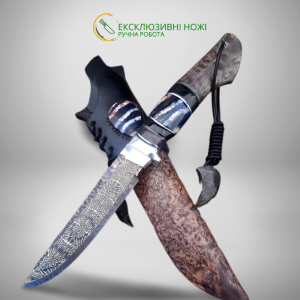
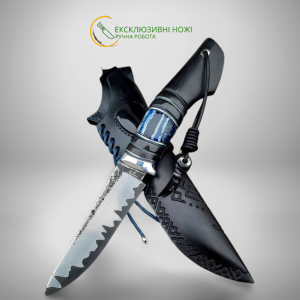
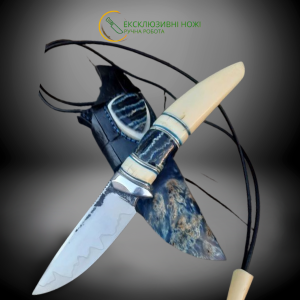
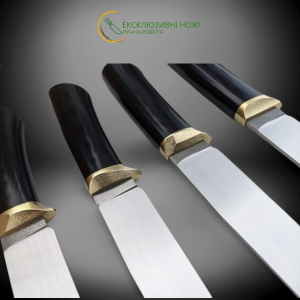
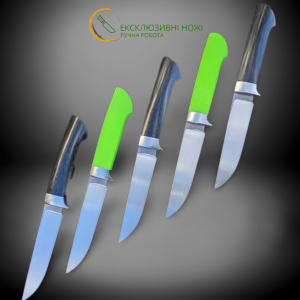


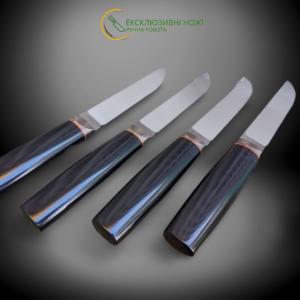
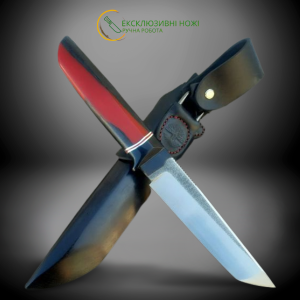
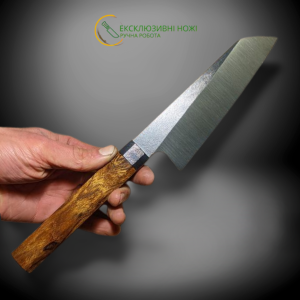
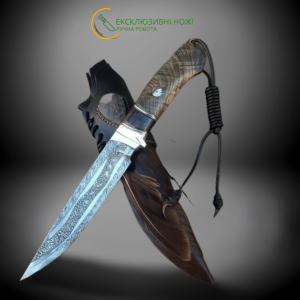
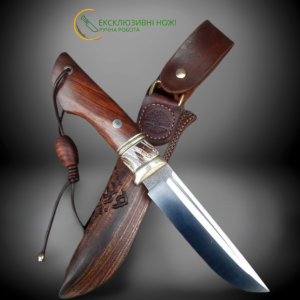

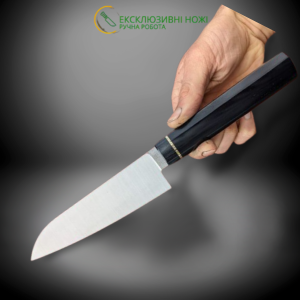
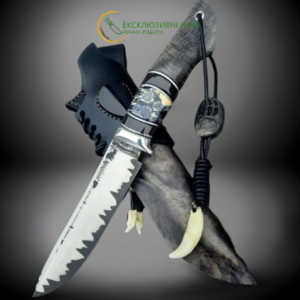

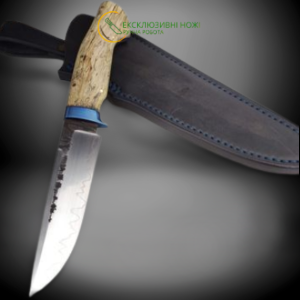

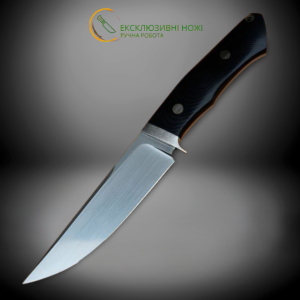
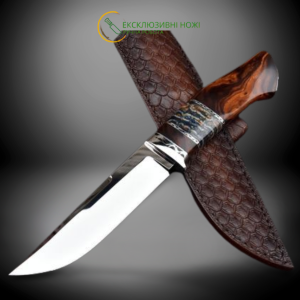
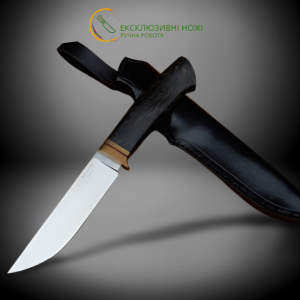
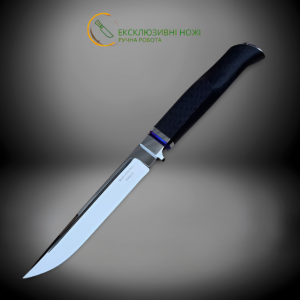
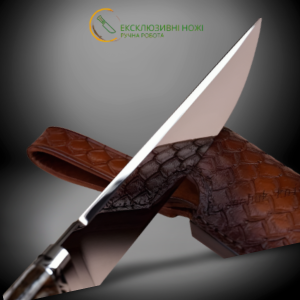
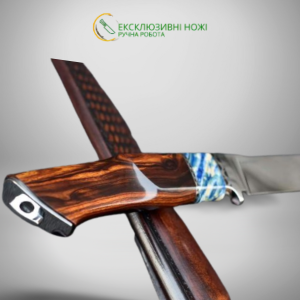
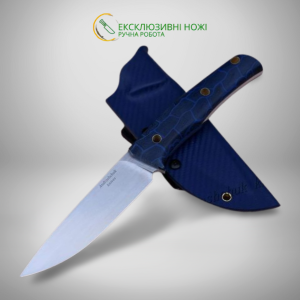
/EXELSIOR S90V ніж ручної роботи майстра студії Androshchuk Knives, купити замовити в Україні-300x300.png)
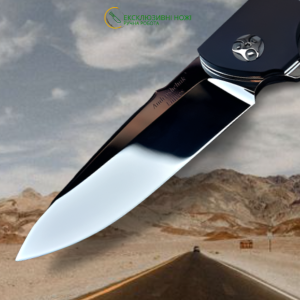
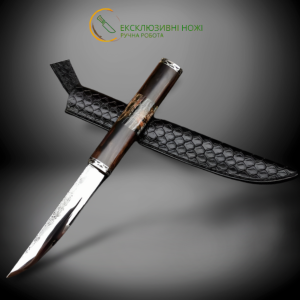
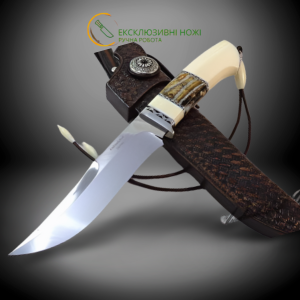
/JUNIOR BEAR (ЮНИЙ ВЕДМІД) ніж ручної роботи майстра студії ANDROSHCHUK KNIVES, купити замовити в Україні_зас-300x300.png)
-300x300.png)





























14-300x300.png)









17-300x300.jpg)
/НЕВИДИМИЙ II (чорний) ексклюзивний ніж ручної роботи майстра студії Fomenko Knifes, купити замовити в Україні16-300x300.jpg)




-300x300.jpg)


2 2-300x300.jpg)

/БОЦМАН (BOTSMAN) ексклюзивний ніж ніж ручної роботи майстра студії СЕРГІЯ ДРОЗДА, купити замовити в Україні (Сталь - CPM S110V) 2-300x300.jpg)
-300x300.png)
-300x300.png)
 -300x300.png)
 копія (1)-300x300.jpg)
 — середнє 2-300x300.jpg)
_заст-300x300.png)







 — середнє 2-300x300.jpg)














































, купити замовити в Україні_заст2 — середнє-300x300.jpg)
, купити замовити в Україні_заст-300x300.png)
, купити замовити в Україні_заст-300x300.png)
, купити замовити в Україні_заст-300x300.png)









, купити замовити в Україні-300x300.png)
, купити замовити в Україні_заст-300x300.png)
































































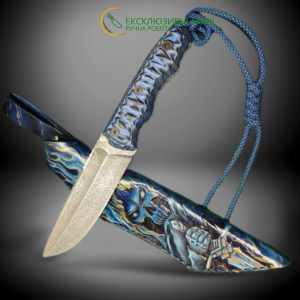
-300x300.png)



, купити замовити в Україні-300x300.png)
, купити замовити в Україні — середнє-300x300.png)


/АВІАТОР/АВІАТОР ексклюзивний колекційний ніж ручної роботи студії KUSTOM KNIVES купити замовити в Україні -300x300.png)
/ДЕЛЬФІН/ДЕЛЬФІН (Dolphin) ексклюзивний колекційний складний ніж ручної роботи студії KUSTOM KNIVES_застав2-300x300.png)
/МІНОС (Minos)/MINOS (МІНОС) ексклюзивний колекційний складний ніж ручної роботи студії KUSTOM KNIVES_заст-300x300.png)
/ВОЯДЖЕР (Voyager)/ВОЯДЖЕР (Voyager) ексклюзивний колекційний складний ніж ручної роботи студії KUSTOM KNIVES29_заст-300x300.png)
/IRONBELLY/IRONBELLY ексклюзивний колекційний складний ніж ручної роботи студії KUSTOM KNIVES — середнє 2-300x300.jpg)
/ОЛВАР (Olvar)/ОЛВАР (Olvar) ексклюзивний колекційний складний ніж ручної роботи студії KUSTOM KNIVES купити замовити в Україні_заст-300x300.png)
/НОВА ГОТИКА/НОВА ГОТИКА ексклюзивний колекційний ніж ручної роботи студії KUSTOM KNIVES купити замовити в Україні_заст-300x300.png)


/ЗОЛОТА ОСІНЬ/ЗОЛОТА ОСІНЬ ексклюзивний колекційний ніж ручної роботи студії KUSTOM KNIVES_заставка-300x300.png)
/ВЕСНА/ВЕСНА ексклюзивний колекційний ніж ручної роботи студії KUSTOM KNIVES купити замовити в Україні_заст-300x300.png)




























/GOLD NORD/GOLD NORD ексклюзивний колекційний ніж ручної роботи студії KUSTOM KNIVES купити замовити в Україні-300x300.png)

-300x300.png)

/PLUS+/PLUS ексклюзивний колекційний ніж ручної роботи студії KUSTOM KNIVES-300x300.png)









































/СЛІМ (Slim)/СЛІМ (Slim) скаладний ніж ручної роботи студії KUSTOM KNIVES, Сталь - Damasteel® RWL-34™ 61-62 HRC_заст — середнє-300x300.jpg)


















/ШЕВРОН (Chevron)/ШЕВРОН (Chevron) ексклюзивний складний ніж ручної роботи KUSTOM KNIVES7 — велике-300x300.png)





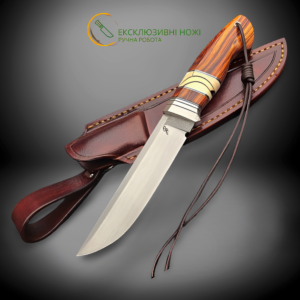

 ШЕФ/РЕД (RED) ШЕФ ніж ручної роботи майстра Fomenko Knifes1-300x300.png)








/ГАТОР (Gator)/ГАТОР (Gator) колекційний складний ніж ручної роботи студії LESBAR KNIVES_ЗСТ3-300x300.png)







-300x300.png)
-300x300.png)


















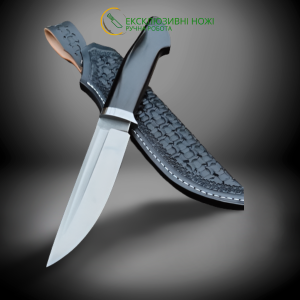
























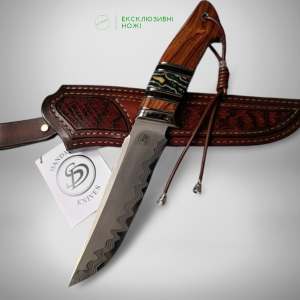
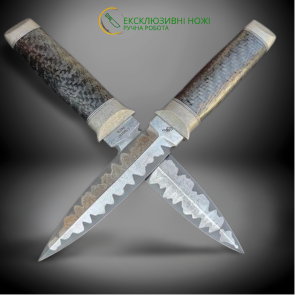
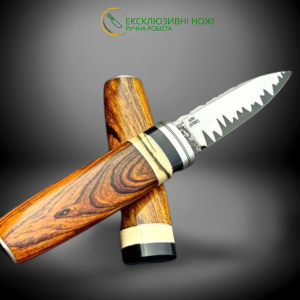














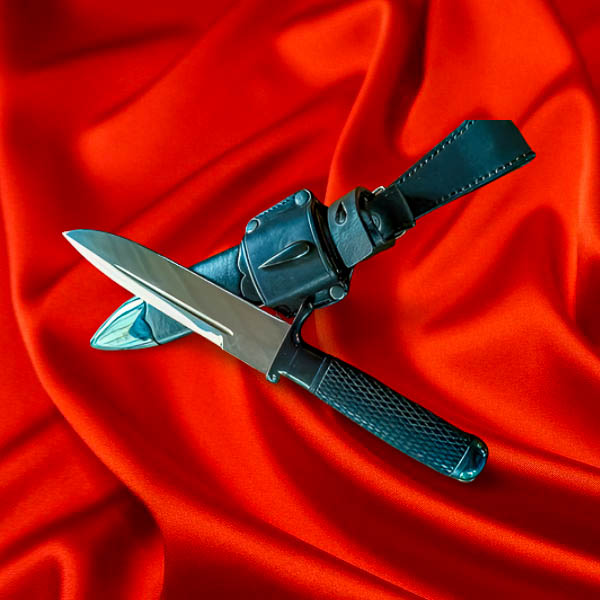


-600x600.png)
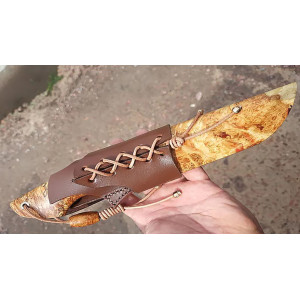
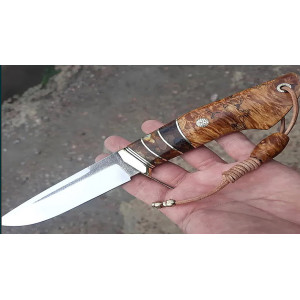






_заст-600x600.png)
9-300x300.jpg)
6-300x300.jpg)


























